![Thumbnail [100%x225]](https://clubfirst.org/admin/assets/images/news/13.jpg)
“Accidents wait for none, so as our ideas to safeguard mankind.”
Take out news from any library out there on the internet, the accidents that happened due to fire outrage are not less in counts. This shows the significance of each idea that comes up to protect everyone from mishappening. And being one of the known robotics companies in India, we converted our idea of safety into a commitment and bought in service, our fire-fighting robot ‘KRUSHNA’.
Over the years, KRUSHNA has proved itself as a perfect solution to take sudden charge during any mishappenings and entering hazardous environments, such as burning buildings, chemical spills, or areas with high radiation, without risking human lives. This makes them inevitable in situations where the safety of human firefighters would be risked. This blog will take you through the development journey of KRUSHNA Fire fighting Robot, from its initial concept to its success stories in the field.
Identifying The Need
Firefighting is undoubtedly and naturally, a dangerous profession, that has witnessed various firefighters often facing harsh conditions, ultimately putting their lives at risk. Traditional methods, despite being effective, have a lot of limitations when it comes to handling dangerous or life-threatening environments such as chemical spills, high radiation areas, or intense fires. Thus a need for a solution that could operate safely in these threatening conditions has risen. And that’s how the vision for defence robots like KRUSHNA was born. It is a robot designed to handle these challenges immediately, protecting human lives and property with unimaginable efficiency.
Conceptualization
The concept that was in mind was to create a defence surveillance robot that would be able to tolerate high temperatures and with a precisely crafted system that can navigate the possibilities of situations that can cause danger to human life.
Being one of the top robotics companies in India, Club First Robotics ensured to keep the whole process of building KRUSHNA, in 2 parts:
- Initial Ideas: A mindful design with advanced mobility systems, effective fire elimination tools, and fool-proof sensors for accurate operation.
- Research and Planning: Our detailed planning focused on integrating features like high-pressure water mist cannons, thermal imaging cameras, and autonomous navigation systems to ensure KRUSHNA could operate effectively in various scenarios.
Design and Development
While designing the KRUSHNA Fire Fighting Robot, we ensured to transform the exact concept into our tangible design. Having a great vision, we wanted to truly justify our aim. Hence, we precisely crafted the robot’s components, integrating features like high-pressure water mist cannons, BLDC motors, and a sophisticated remote control system.
The mobile tracking system was designed to keep an eye on the places that are most likely to meet the danger, while the fire suppression system was made for both high-pressure and low-pressure applications. The development also involved adding advanced cameras, gas sensors, and LIDAR to ensure effective operation in diverse environments.
Testing and Refinement
We ensured to keep the whole process as transparent as a mirror, due to the complexities and elements that were connected while designing this defence surveillance robot.
Prototypes underwent careful trials in situational environments that imitated real-life fire-outraged scenarios. These tests evaluated the performance of KRUSHNA in terms of portability, fire suppression, and durability.
Evaluation results from these tests brought noticeable improvements, conveying identified issues and improving the KRUSHNA Fire fighting Robot's overall functionality. The process ensured that KRUSHNA could reliably perform under hazardous conditions and meet the high standards requirements in reality.
Production and Deployment
As testing was completed successfully, KRUSHNA moved into production. Ensuring that each one of the designs consists of quality and safety that aligns with the standards required for practical use was the focus of Club First Robotics. Production means scaling up without compromising on quality in every unit produced. After this, KRUSHNA would be placed in different scenarios i.e. firefighting, industrial sites, and even forest fires.
Impact and Benefits
Today, the KRUSHNA Firefighting Robot has proven its efficiency many times during safety crises. Its commendable services have redefined how we can use technology for good. It reflects the following benefits:
- Effective navigation of spoilage and tight spaces, performing rescue operations easier eliminating the unreachability of traditional methods.
- Ensure safety and efficiency by dealing with harmful environments like chemical plants and oil refineries.
- Performs well in calming the forest fires and rescuing the trapped people.
- Offers emergency response with its easy remote control and smart sensors.
Conclusion
In summary, developing the KRUSHNA Firefighting Robot indicates the perfect example of how technology can be friends with human ideas and brings out itself as shield. Each step of the process makes a definite contribution to the success of our vision of creating support for firemen by producing a defence surveillance robot.
Overall, the success of KRUSHNA is a testament to the potential for robotics which can transform some of the most challenging scenarios of firefighting and make the world a safer place to live in.

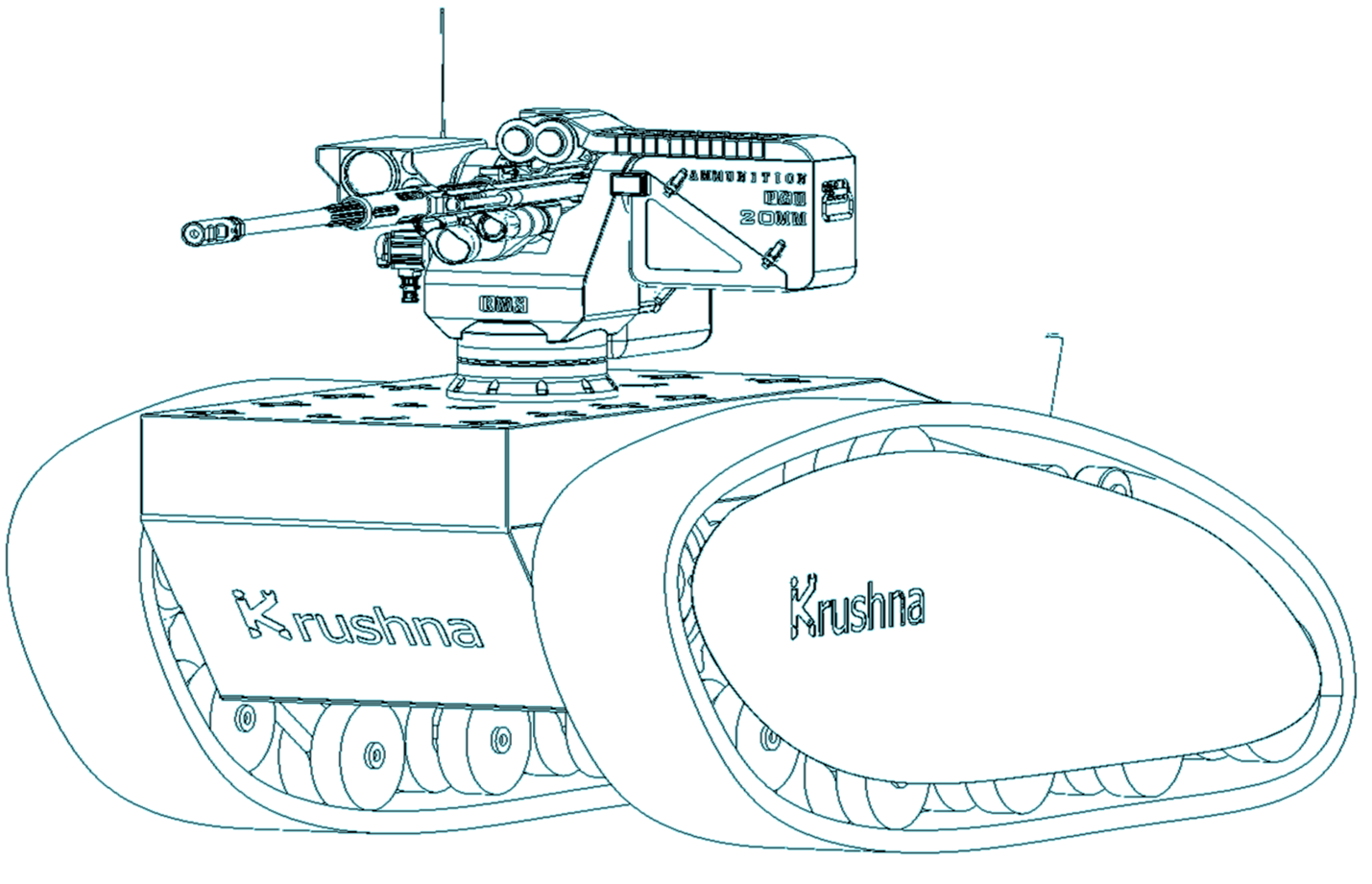
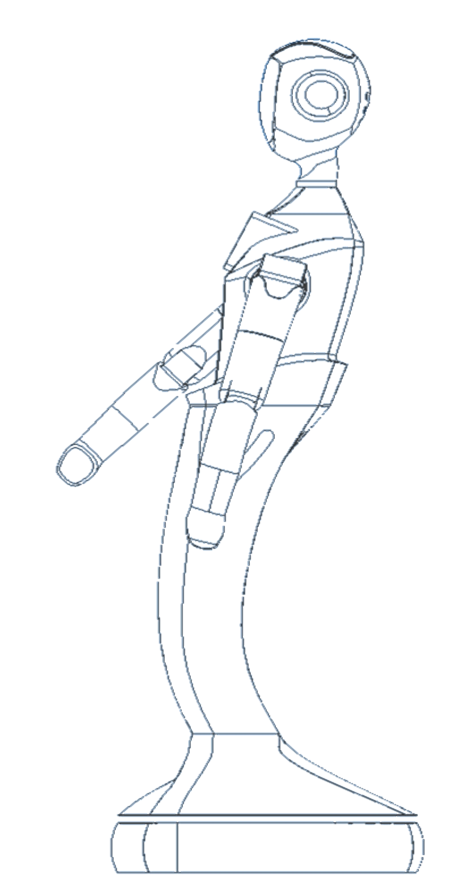
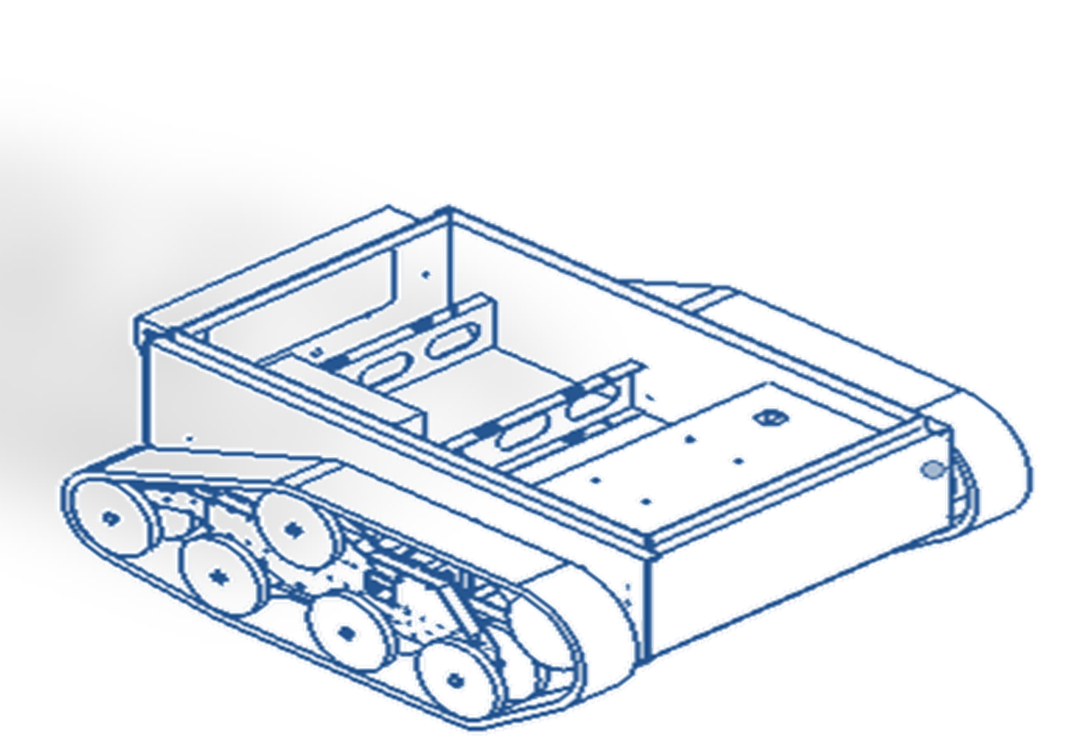
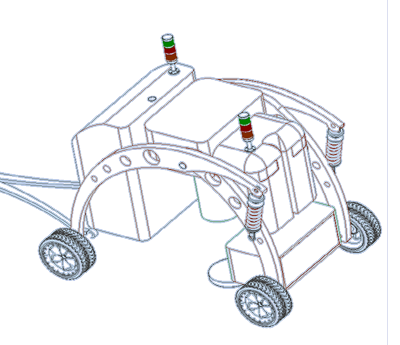
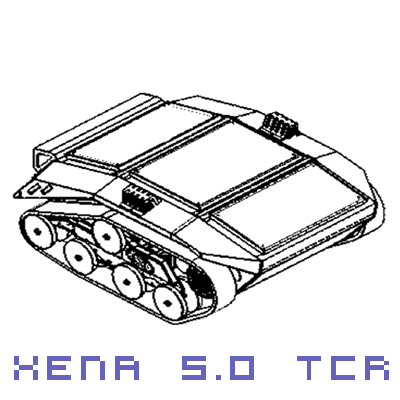
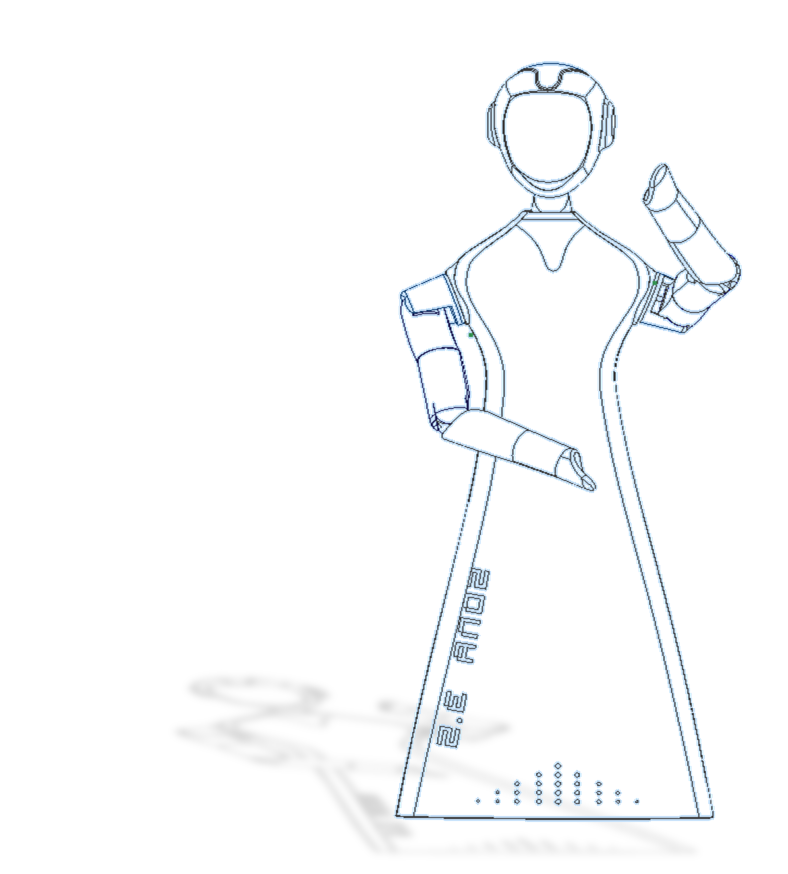
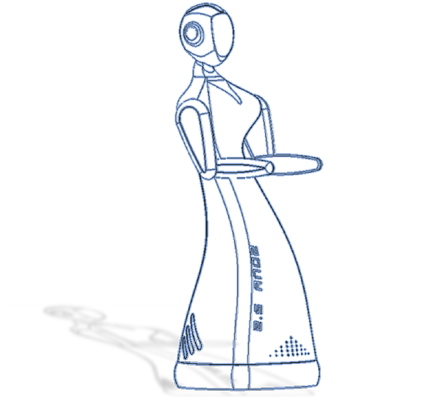
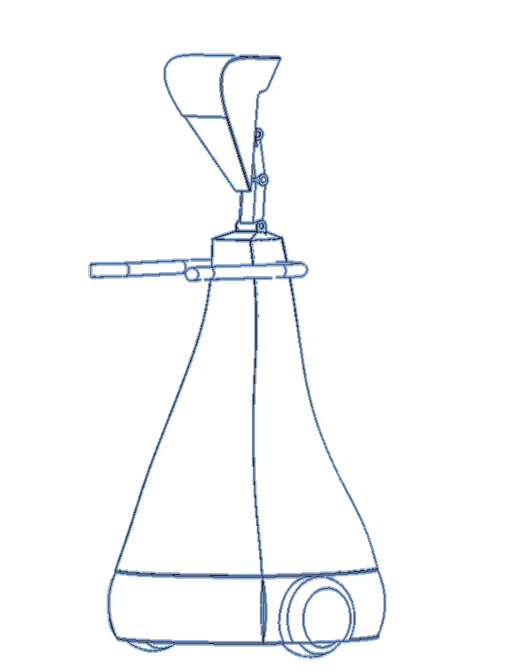
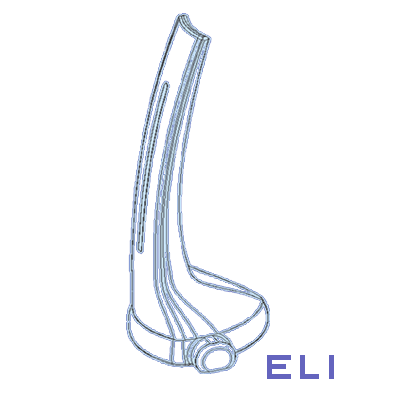

![Thumbnail [100%x225]](https://clubfirst.org/assets/images/products/front/7.jpg)
![Thumbnail [100%x225]](https://clubfirst.org/assets/images/products/front/6.jpg)
![Thumbnail [100%x225]](https://clubfirst.org/assets/images/products/front/4.jpg)













